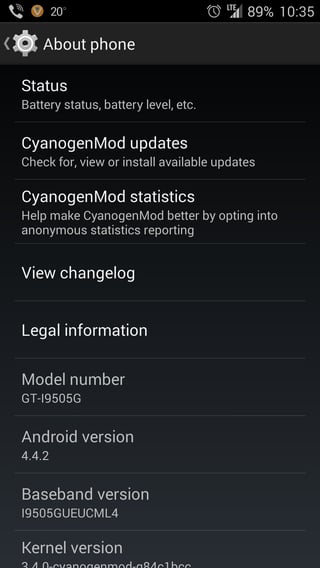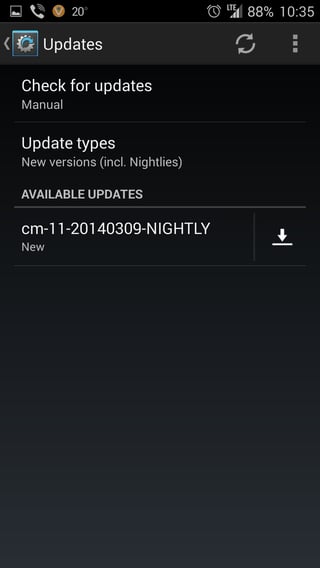I read the Wikipedia article but it's not totally clear on how Android updates are pushed to devices. This is what I understood but am not certain which is correct so please add details to approve or disapprove my statements.
Case A Phone has some service that periodically checks manufacturers servers (with some sort of polling) then if there is a new update it informs the user with a notification. User than clicks the notification and downloads and installs update from manufacturers server
Case B OS updates are just like ordinary software updates, there is a Google Cloud Messaging or similar broadcast receiver active on the phone and manufacturers just send message using this which shows user a notification. User than clicks the notification and downloads and installs update from manufacturers server
Case C Phone is notified about the updates by the mobile network (over-the-air provisioning (OTAP) like MMS and WAP settings) and than it shows a notification of the update. User than clicks the notification and downloads and installs update from his/hers mobile network provider
These all seem probable but consider these cases: What would happen if phone is not registered on network for a long time and internet is disabled (think of a tablet without internet access for example)? Why are phones with same version (international version) of firmware getting new updates at different times on different networks?
NOTE: I recently found out that CyanogenMod has OverTheAir updates in newer versions, how are they doing this, I doubt they have mobile network providers support?



